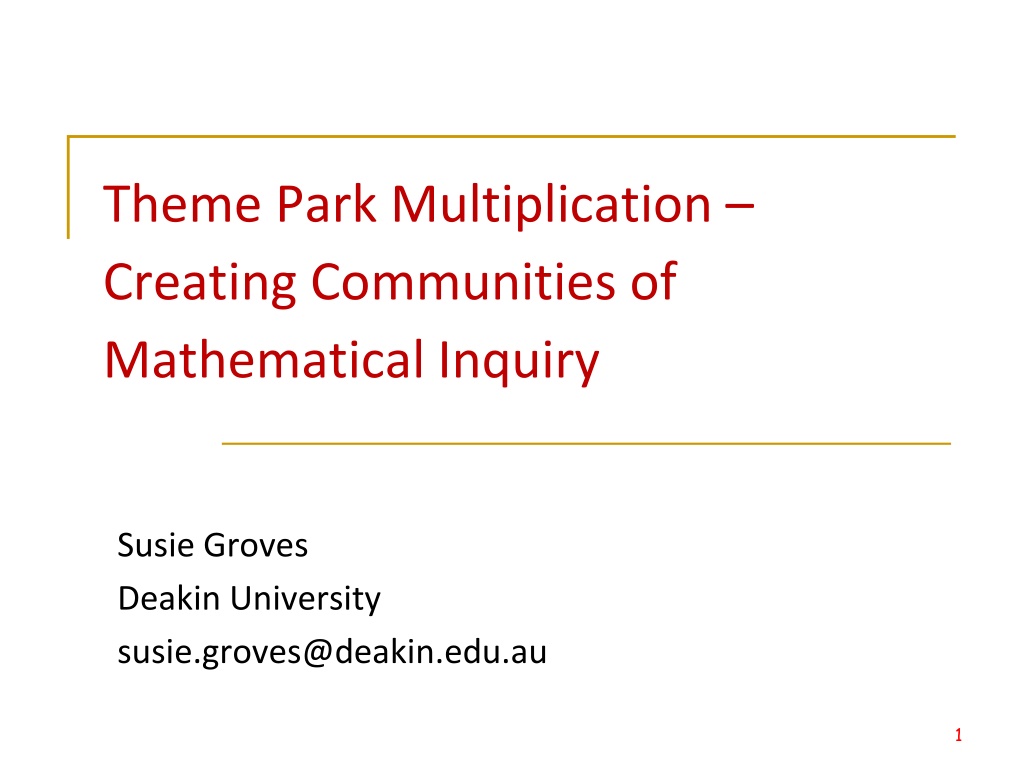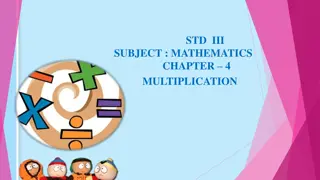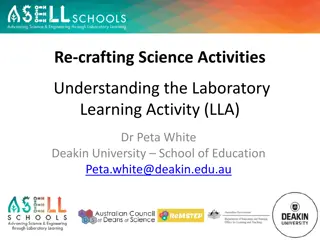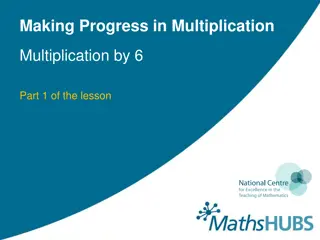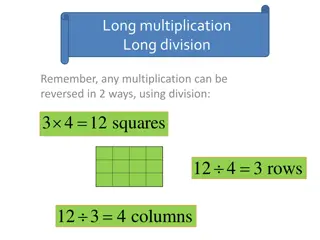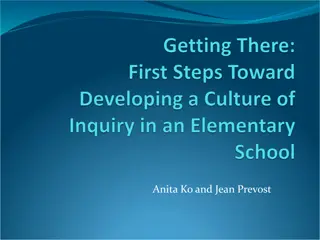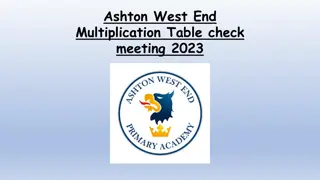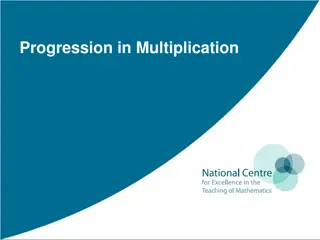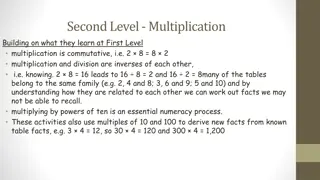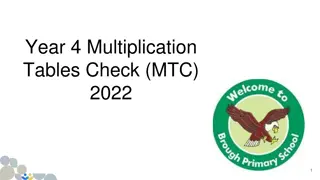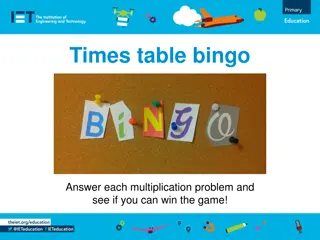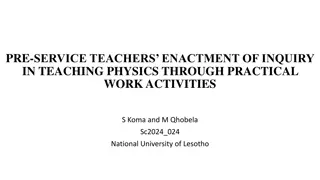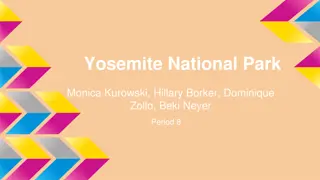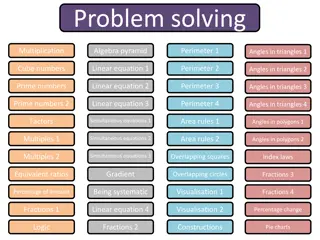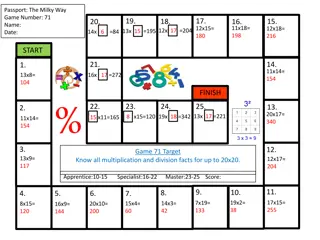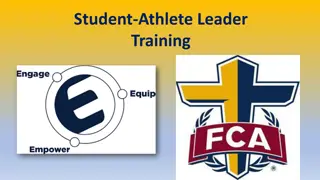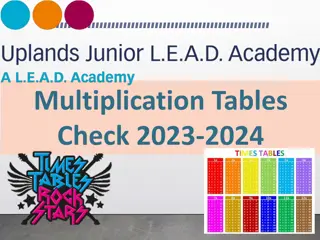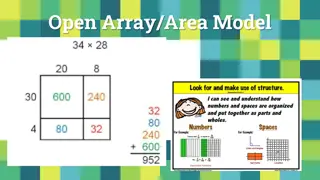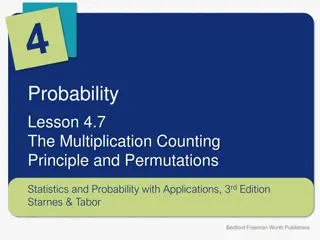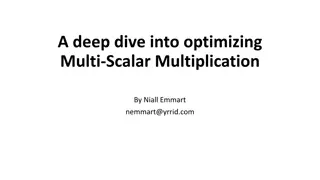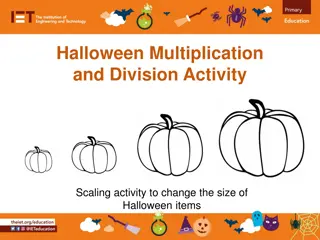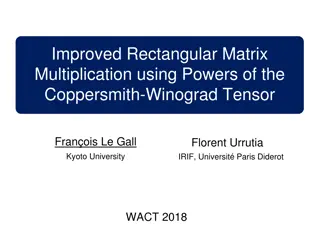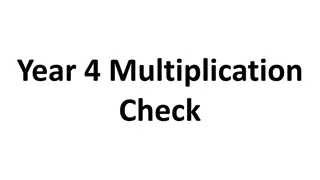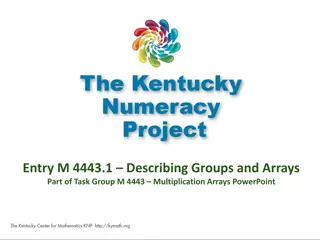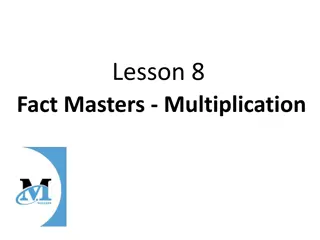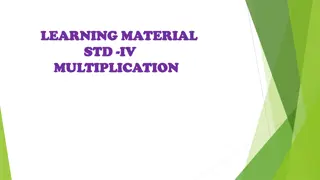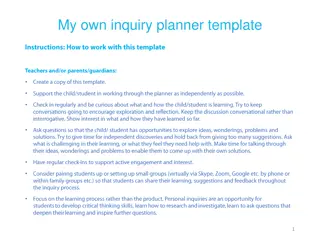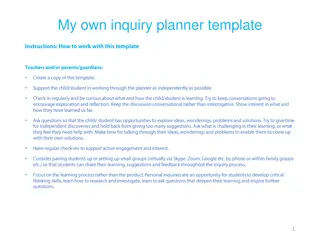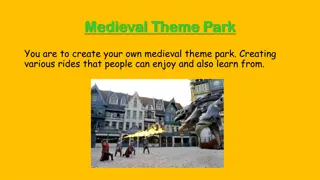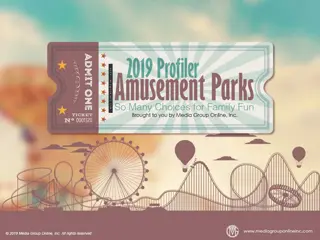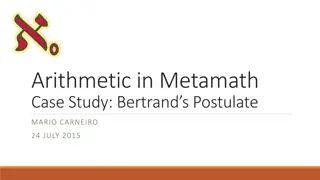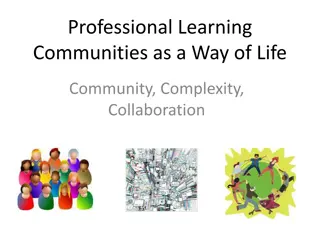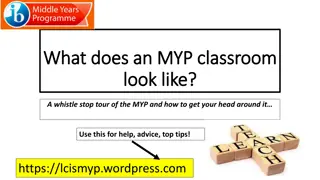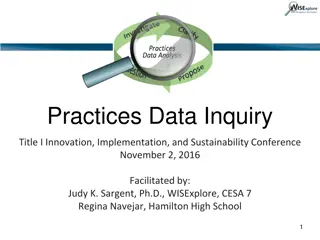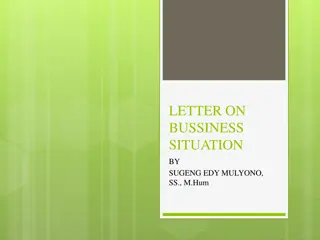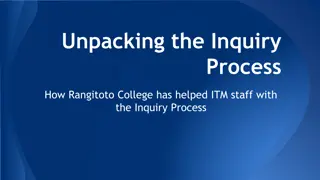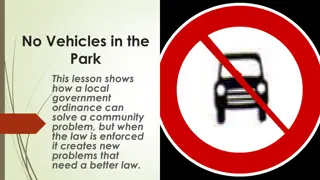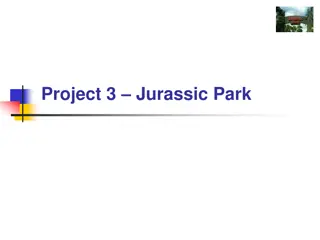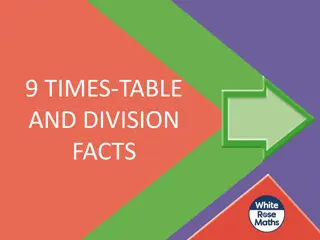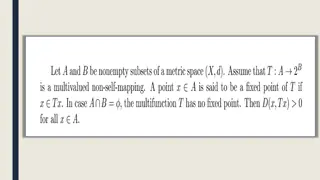Exploring Mathematical Inquiry in Theme Park Multiplication Communities
Delve into the world of mathematical inquiry through structured problem-solving lessons, careful task selection, and creating a classroom community of inquiry. Witness students' unique solution strategies and engage in discussions on multiplication concepts, all aimed at fostering a deeper understanding of mathematics in an interactive learning environment.
Download Presentation

Please find below an Image/Link to download the presentation.
The content on the website is provided AS IS for your information and personal use only. It may not be sold, licensed, or shared on other websites without obtaining consent from the author. Download presentation by click this link. If you encounter any issues during the download, it is possible that the publisher has removed the file from their server.
E N D
Presentation Transcript
Theme Park Multiplication Creating Communities of Mathematical Inquiry Susie Groves Deakin University susie.groves@deakin.edu.au 1
Japanese structured problem-solving lessons Presenting the problem for the day (5 10 mins) , Individual (or group) problem solving (10 15 mins) Whole class discussion of student solution strategies (10 20 mins) Summing up by the teacher (5 mins) (Shimizu 1999) The lesson plan Flow of the lesson Understanding the task (10 mins) Independent problem solving (10 mins) Discussion (35 mins) Individual reflection (5 mins) 2
Careful choice of the task The choice of numbers $43 x 6 (Trudi planning team) We changed our numbers we had something times 7 but it wouldn t provide opportunity to do what Ari did I know my 3 times. I can split it and work it out that way or I know my 2 times and I can split it that way (although no-one did this) T: What made it trickier [than previous tasks]? Mo: Bigger numbers ... like 43 Lex: and because it had more groups than we re used to T: Yeah, we were timesing by 6 we haven t done any problems where we were timesing by 6, have we? Es: Last time it was an even number, and the even numbers is what we use to [skip] count to multiply and the number is an odd number Lu: an odd number is harder Jorja: I ve got something to add onto Lulu s. Because it s not like when you carry by five s, it would go to a zero. It goes 3, 6, 9, 12. Like, there is no stopping at 10 3
Creating a classroom community of mathematical inquiry
Patterns of classroom interaction Initiate-Response-Evaluate (IRE) vs Community of Inquiry Splitter 1998 Nathan & Knuth 2003
Some early comments 1. Elise: So, my strategy was groups of ... and I did six groups. 2. T: So people on the floor, if you ve got questions, or if you want to ask anything, or comment, you can make them, but... 3. S4: Elise, why did you do groups of ? 4. Elise: Because it was just one of the strategies that I selected. Yeah, that s why I did it. 5. S4: But it s not the most efficient. 6. Elise: I know it s not, but I just wanted to keep it straight forward. 16. Jack: Elise, why didn t you do just one group and times it by six, because it would ve been much quicker than this way? 17. Elise: Well, I didn t think to do that, so . 18. T: It might be difficult for some people to do that, too, Jack. Sometimes people need to see something visually, and be able to use that and count out things 8
The discussion Trudi: it was brave for the kids asking questions without you prompting them. Felicity: I ve got a couple of kids in there who, that comes naturally to them they re like that with everything and that sort of models it and sort of encourages other kids to start asking questions. , The school s research theme To promote students ability to think independently, articulate their thinking and utilise the thinking of otherswhile focusing on problem solving in mathematics. Long-term goal for the school Takes a long time to establish the socio-mathematical norms (Cobb, Wood & Yackel, 1991) 9
Socio-mathematical norms E.g. normative (shared) understandings of what counts as mathematically different, sophisticated, efficient, elegant an acceptable mathematical explanation or justification Social norms vs Socio-mathematical norms students should offer different solutions a social norm what constitutes a different solution a socio-mathematical norm Socio-mathematical norms are interactively constituted e.g. no criteria as to what constitutes a different solution negotiated by the teacher & students through interactions teacher represents discipline of mathematics teacher s reaction to a solution indicates how it is valued mathematically Yackel & Cobb 1996 10
Lesson conclusion Great student reflections Sharing with partners Ari: People should use other multiplication questions to work out the answer But A good discussion occurs when the net result is discerned as marking a definite progress as contrasted with the conditions that existed when the episode began. (Lipman, Sharp & Oscanyan, 1980, p. 111) , Goal of the lesson To develop and extend the use of efficient strategies to solve 1-digit by 2- digit multiplication problems. Not specific to the lesson Difficult with composite class, but maybe as Keiko Hino said connecting different strategies e.g. Elise s groups of with split strategies Or Ari s using what you already know to solve harder problems 11
Lesson study & professional learning in communities of inquiry , Importance of the research theme Genuine long-term, whole-school mathematical inquiry Not just about collaborative planning of a lesson Role of the post-lesson discussion Not just important for the teacher & the planning team professional learning for all observers (including tonight) Progressive classroom discourse (Bereiter 1994) generating new (local) understandings working towards common understandings can be like scientific discourse Role of the knowledgeable other 12
Thank you Felicity, the planning team and the Grade 3 & 4 children for such a wonderful lesson 13
